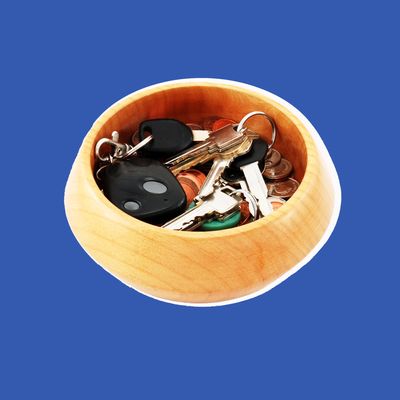
When your apartment has seemingly swallowed one of your possessions — your keys, say — without a trace, there are a few strategies people tend to fall back on: Look in the last place you had them. Look in the last place you’d ever expect to find them.
Neither of these, as you probably know from experience, is particularly useful. If you knew the last place you had them, well, you’d still have them. And unless you’ve found some weirdly creative uses for your keys, they probably aren’t hiding in the shower or the vegetable drawer. But new research does offer one tip that might actually work: Focus your hunt on where the mess is.
In a small study recently published in the journal Proceedings of the Royal Society B and highlighted by Seeker, researchers set their participants on a visual scavenger hunt of sorts, asking them to find a specific line segment within a larger line-filled image as they tracked their eye movements. Half of the image contained lines set at a dramatically different angle from the target, making it easier to find; the other half was filled with similar-looking lines, making the task more difficult. Even when the target was set on the more difficult half, the researchers found, volunteers used an equal number of eye movements poring over the easy half.
In other words: The participants were being thorough, but they were also wasting their time. “If the target were present on the easy side, you could easily see it using peripheral vision,” lead author Anna Nowakowska, a psychologist at the University of Aberdeen in the U.K., told Seeker. “Looking at the easy side gives you no new information; it only slows you down.”
It’s the same trap we tend to fall into when looking for things we’ve misplaced around the house, she added: “If you’re looking for your keys you should focus on the areas with the most clutter, because if they were somewhat more obvious, you would have found them by now.” You may get lucky and spot them out of the corner of your eye, just lying on the floor or something, but odds are you’re going to have to get your hands dirty: the laundry piles, the mounds of junk that’ve amassed on all your surfaces. At least it’s better to know from the get-go that this won’t be fun.

